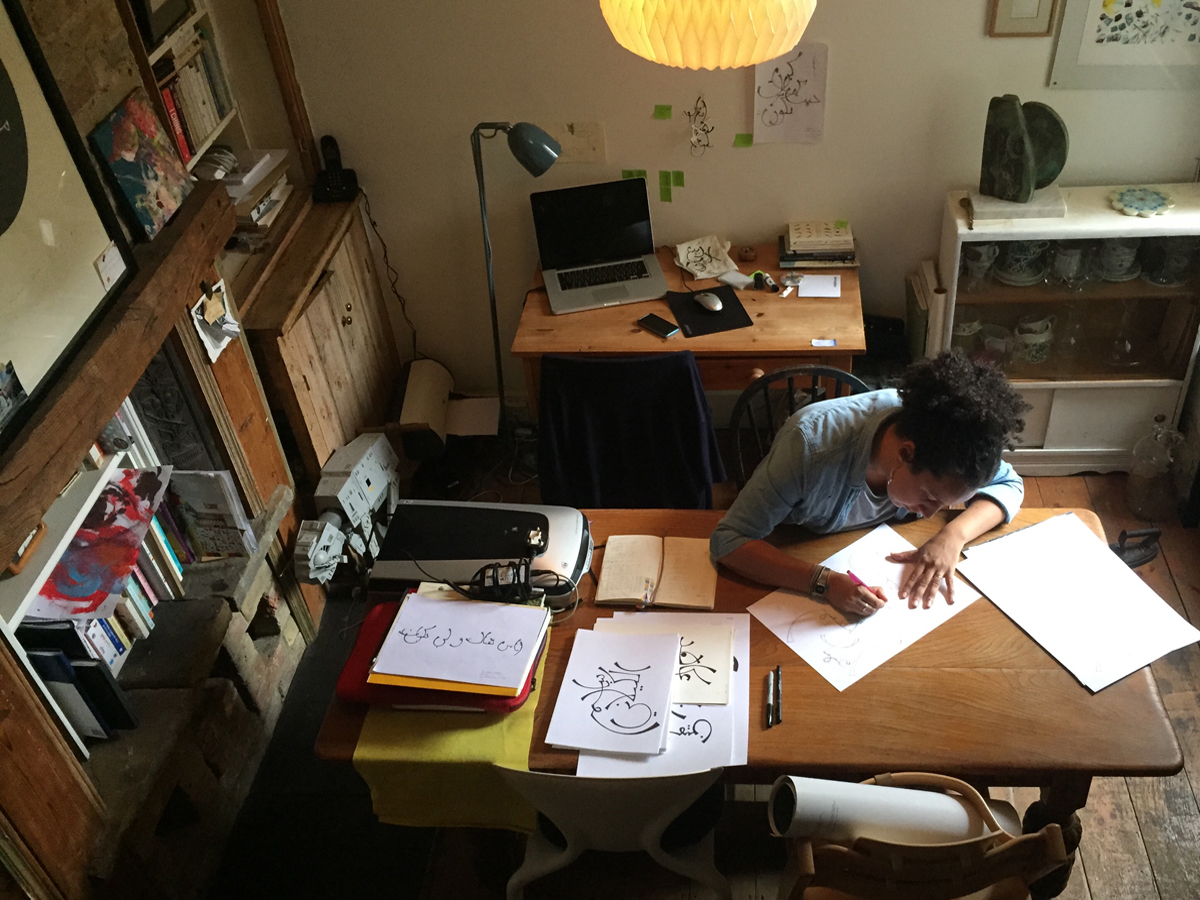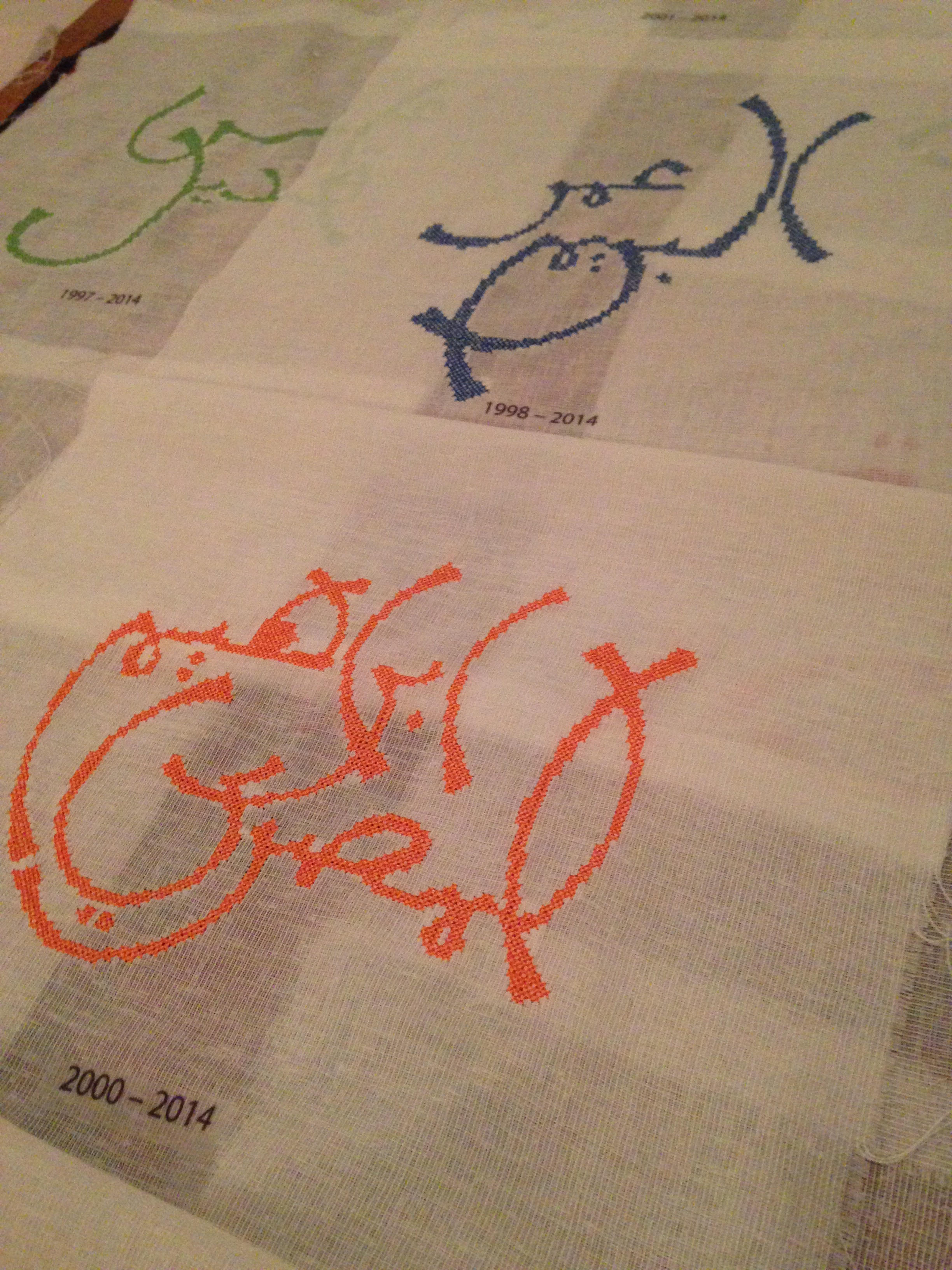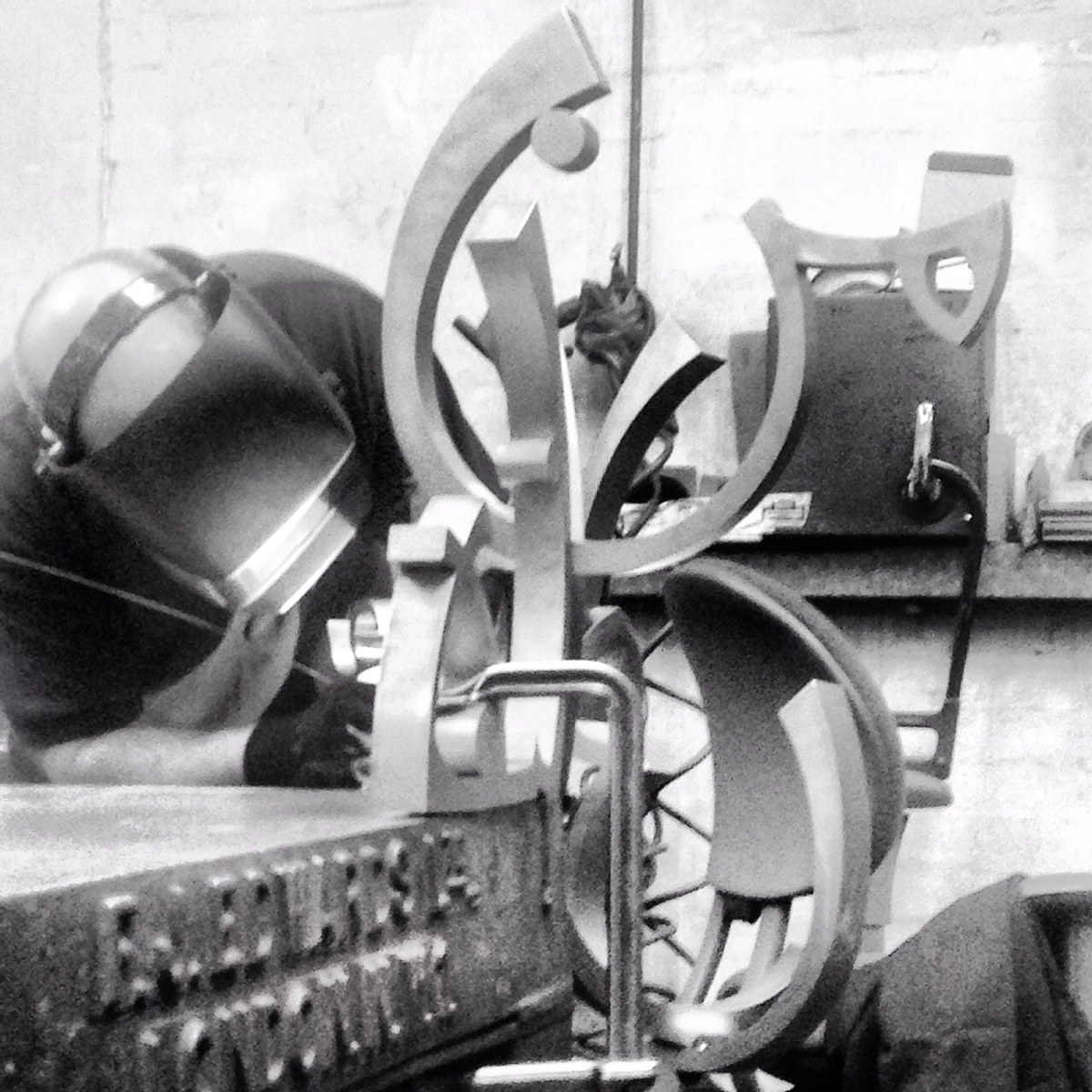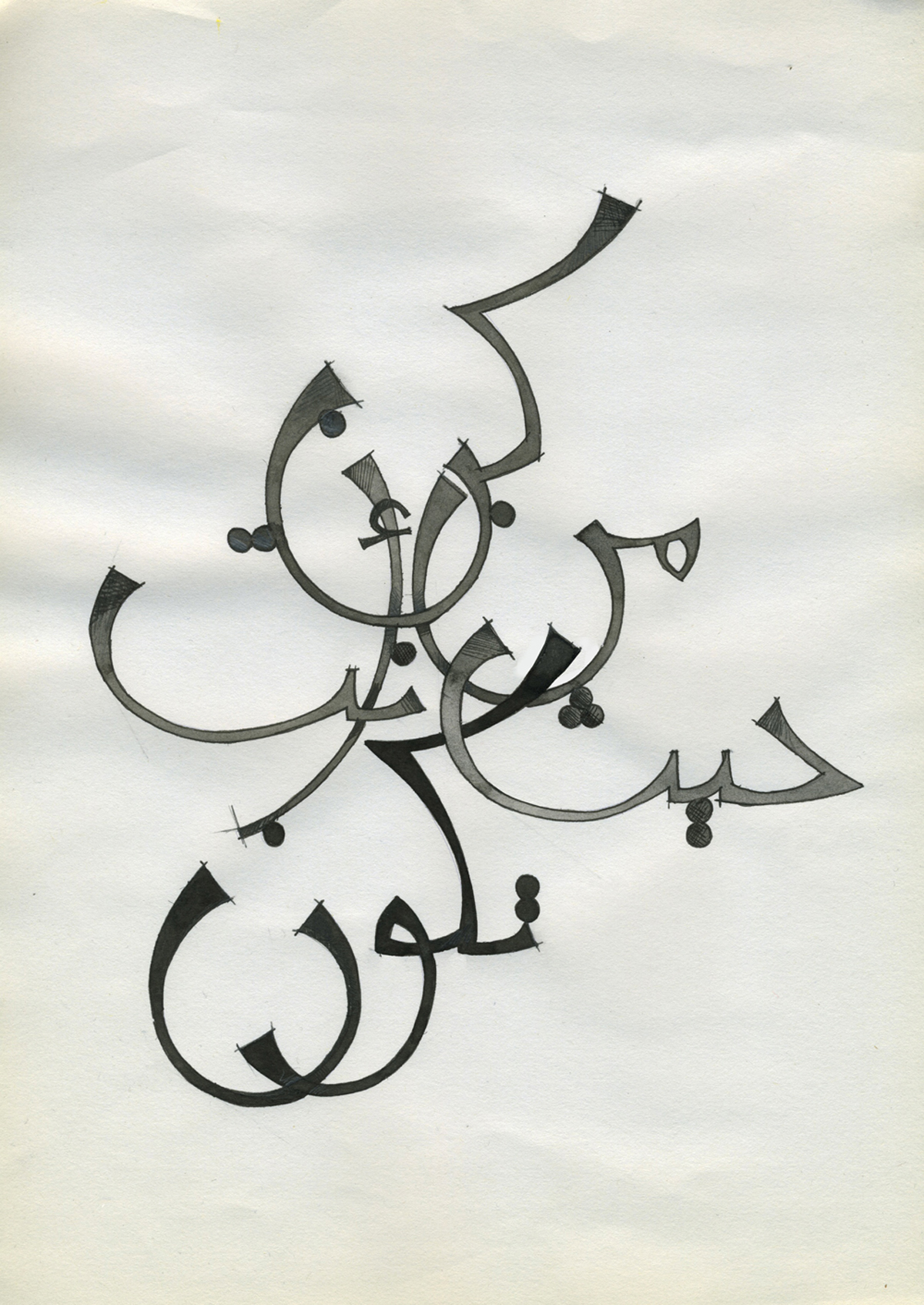Dia Batal gives us a sneak peek of her upcoming exhibition…
Can you briefly introduce yourself?
I am a London based designer / artist. The multidisciplinary work I produce is context specific and audiences are often able to engage with it. I use Arabic language and text to create artworks that echo cultural and contemporary concerns into our urban public and private spaces. You can see some examples of my existing work here.
How did you come up with the idea for your upcoming Mosaic Rooms show Tracing Landscapes – what is the meaning behind the title?
The first piece I started working on for the show was a print based on the names of Palestinian towns and villages in Palestine pre 1948. As this work progressed, and I started working on other pieces, it became clear that what I was doing was literally tracing over landscapes that have been altered, including people, narratives and places. That’s how the name came about. We had a few options but we thought this one worked best.
Many of the works in ‘ Tracing Landscapes’ are new. Can you give us a preview of what will be included… or a sneak peek of a piece you are currently working on?
One of the main pieces is an installation entitled Playing on the Beach is a Dangerous Course. it is an attempt to create an ephemeral memorial for children killed in the attack on Gaza last year (2014). I have used the name of 30 children, embroidered on sheer fabric, to create this ‘mourning space’ .
There are also two pieces in metal which look at ideas of memory and belonging, I have used the poetry of Mahmoud Darwish for these.
I Come from there and I Remember can be rotated to direct to a place, borrowing from navigational tools.
There’s an animation that I’ve been working on with Maya Chami, in which we go over recordings of my Palestinian grandmother’s journey when she was forced to leave Palestine in 1948. We are using drawings and text to do so.
Other pieces include silkscreen prints on paper, and drawings on paper.
You use the traditional art of Arabic calligraphy as the basis for many of your designs. Can you tell us why it inspires/interests you?
My mother (Mona Saudi) is an artist and sculptor who used poetry in her work, and my father (Hasan Al Batal) is a journalist who writes political columns, in addition to this I was surrounded by the works of people like Kamal Bullata and Samir El Sayegh and so growing up I was very much influenced by my surroundings and grew up to appreciate Arabic calligraphy.
I was also interested in the idea of using this ancient Arab and Islamic art of using text on objects, in architecture and public space. So I tried to modernize this using contemporary techniques and materials. I try to tell stories by doing so, mostly stories which echo contemporary social and political concerns.
Apart from your Mosaic Rooms show, are you planning/working on any other projects right now? Where should we look out for your work next?
I have some private commissions that I’ll be working on after the show. And I’ve been invited to take part in the Sharjah Calligraphy Biennale in 2016. And a show at the Jacaranda images in 2016 too.
Dia Batal’s Tracing Landscapes exhibition will be on show at The Mosaic Rooms 9 – 27 September 2015. Entry is free. Find out more here.



